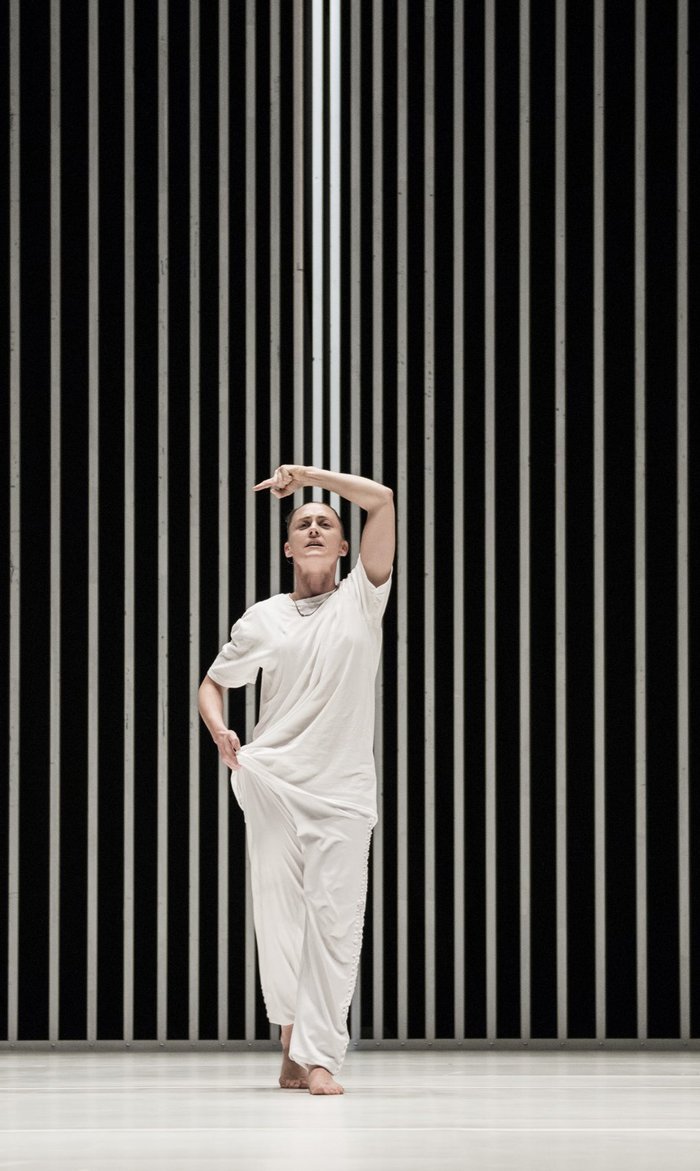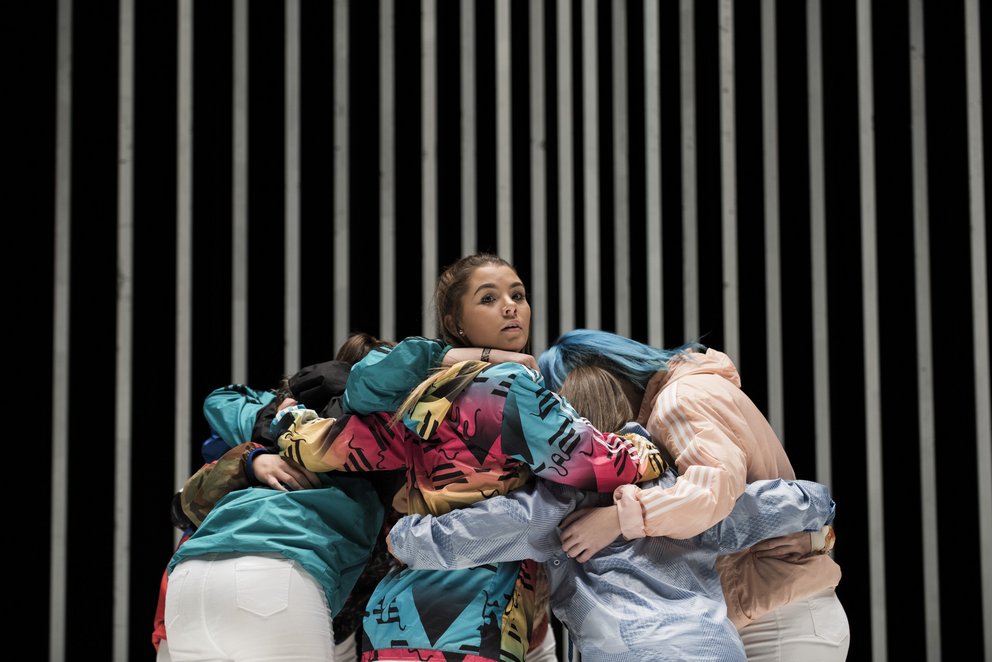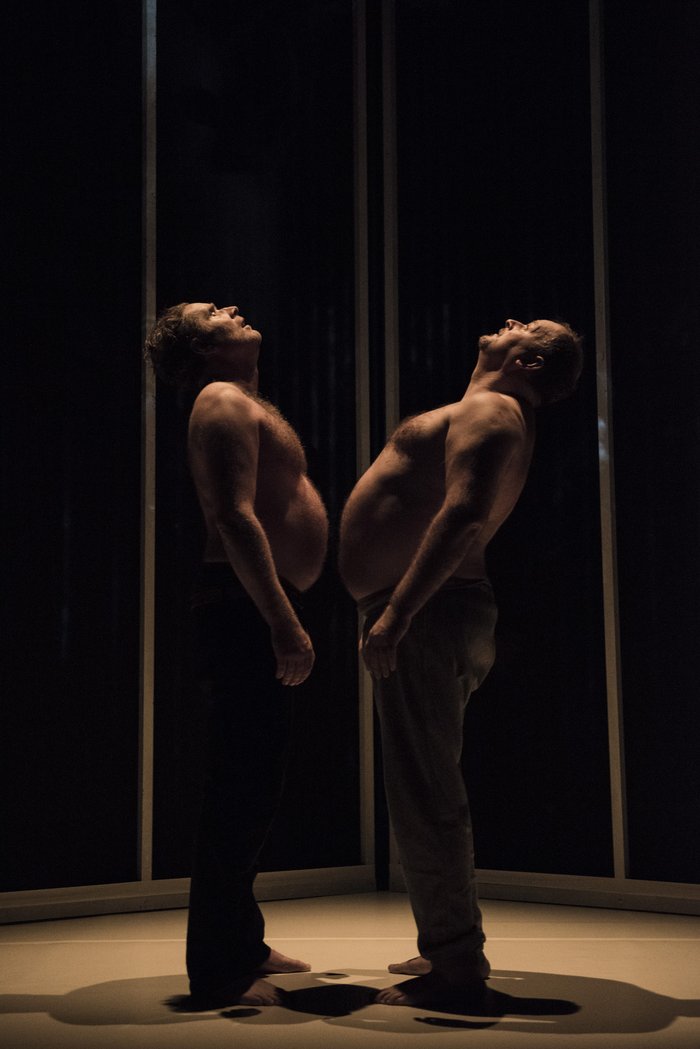Doherty’s performance “Hard to be Soft” came out of a wish to heal something of the trauma being held in the collective Belfast body. She sees this trauma in the body language of young men on the streets of the city. Her first full-length work, “Hope Hunt”(2014), channels exactly this energy and was the work that gained the choreographer recognition. It’s a solo work that begins outside the theatre with Doherty emerging from the boot of a car as heavy beats thump from the vehicle’s sound system. The part of the performance that happens in the theatre is soundtracked by the docudrama “Wee Bastards”, a short film piece that presents life on Belfast’s ‘mean streets’. For Doherty, it was important to have the performance begin outside as it’s essentially about “people who aren’t in the theatre”.
The process of creating “Hope Hunt”began with an image first and foremost: “It must have come from me looking at images by Wolfgang Tillmans and Andrew Parr, a British photographer who would photograph people in chip shops. And I was looking at Easter House, a massive housing estate built in Glasgow in the 70s. So that ‘hunter’, those boys, came out of that aesthetic. And then it built up into the ‘Hope Hunt’. And at the same time as me doing the ‘Hope Hunt’, I also got this house in Bangor, so I was becoming more aware of where I was in the class hierarchy. So I think when I made the show then it was important for me to bring the car in for the concept of the show – that it’s about people who are not inside the theatre.”
The development from “Hope Hunt” to “Hard to be Soft” is clear – the ‘hunter’ is still strongly present in the second work, and we’re still in Belfast. For Doherty, there’s a narrative connection too: “First the hunter dies, and he wakes up in limbo, and ‘Hard to be Soft’ is his life flashing before his eyes, until episode 4 [‘Helium’] where he finally transcends, and he lets go, and he goes either to nirvana or he comes back to life again. That’s the end of ‘Hard to be Soft’.”
Her hope is to be able to clear negative energy through movement, and through sweat. Each of the four chapters in “Hard to be Soft” introduces a different element of the frenetic and friable energy of Belfast, from both the feminine and masculine sides. The work is book-ended by masculine solos (the first, ”Lazarus and the Birds of Paradise”, performed by Doherty herself, the last, ”Helium”, by the Northern Irish dancer Ryan O’Neill). Both solos have the quality of a rite, an invocation, as though the performers are trying to conjure something from a realm beyond the present. In between these solos, there is a duet between two men (“Meat Kaleidoscope”) and an ensemble piece for a group of young girls (“Sugar Army”).



